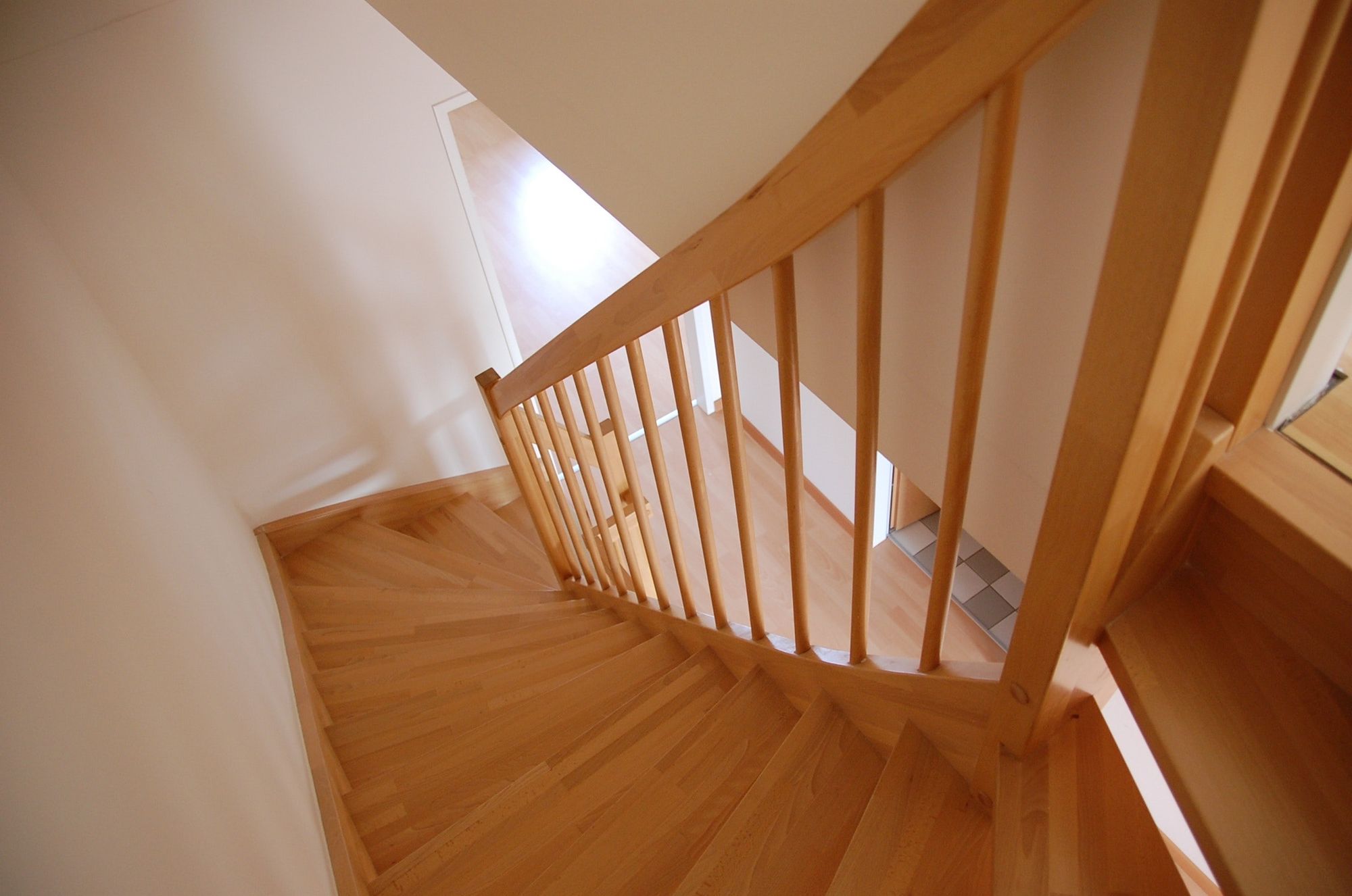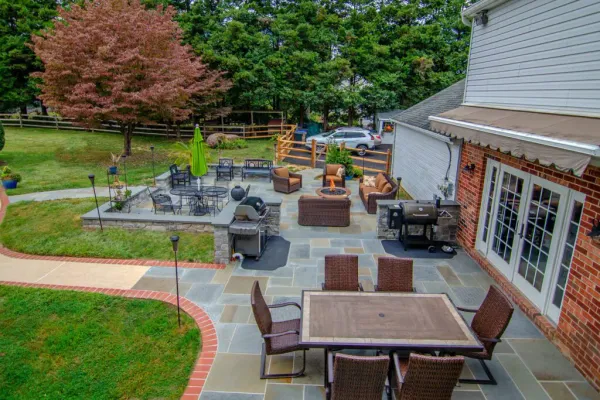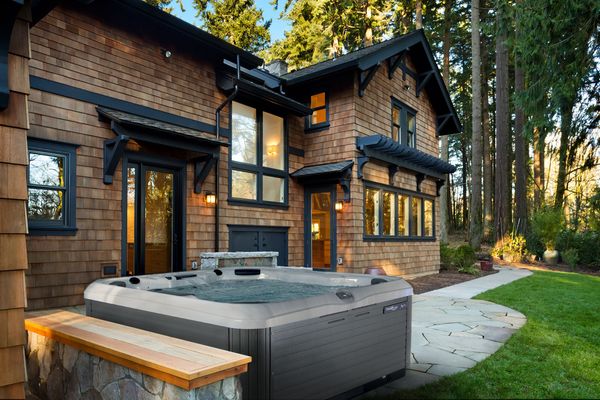Stair dimensions are a crucial aspect of any building design, whether you're constructing a new home or renovating an existing structure. A well-designed staircase not only provides a safe and comfortable way to move between floors but also adds to the aesthetic appeal of your space.
In this comprehensive guide, we'll delve into the key elements of stair dimensions, their relevance in staircase design, and how to ensure safety and compliance with building codes.
The Importance of Stair Dimensions in Staircase Design
Minimum Staircase Width
The dimensions of a staircase directly impact its usability and safety. Staircases with improper dimensions can lead to accidents, making it difficult for users to navigate them comfortably. Additionally, stair dimensions must adhere to local building codes to ensure safety and compliance.
To create a functional and safe staircase, it's essential to understand the various components of stair dimensions:
Rise
The vertical distance between two consecutive steps is known as the rise. Proper rise height ensures a comfortable ascent and descent for users.
Run
The horizontal distance from the front edge of one step to the front edge of the next is the run. A sufficient run width allows for secure footing.
Tread
The horizontal surface of a step is called the tread. The tread's depth affects the user's ability to move safely and comfortably up and down the stairs.
Nosing
The part of the tread that protrudes beyond the riser (the vertical face of the step) is the nosing. Nosing provides additional surface area for secure footing.
Handrails
Handrails are essential for stair safety, providing support and balance to users as they navigate the staircase.
Headroom
The vertical distance between the stair tread and the ceiling or other overhead obstruction is the headroom. Adequate headroom ensures that users can move up and down the stairs without bumping their heads.
Building Codes and Regulations for Stair Dimensions
Standard Stair Width
Building codes and regulations vary depending on location, but most follow similar guidelines for stair dimensions to ensure safety and accessibility. The International Residential Code (IRC) and the International Building Code (IBC) are commonly used as references for stair dimension requirements in the United States.
Rise and Run
According to the IRC, the maximum rise height should not exceed 7 ¾ inches (196 mm), and the minimum run width should be at least 10 inches (254 mm). The IBC stipulates a maximum rise of 7 inches (178 mm) and a minimum run of 11 inches (279 mm) for commercial buildings.
Tread and Nosing
The IRC requires a minimum stair tread depth of 10 inches (254 mm) with a nosing projection of between ¾ and 1 ¼ inches (19-32 mm). The IBC mandates a minimum tread depth of 11 inches (279 mm) for commercial staircases, with nosing projections between ¾ and 1 ½ inches (19-38 mm).
Spiral Staircase
Handrails
Both the IRC and IBC require handrails on at least one side of staircases with four or more risers. Handrail height should be between 34 and 38 inches (864-965 mm) above the stair nosing. Handrails must also be continuous, running the full length of the staircase, and have a graspable shape.
Headroom
The minimum headroom requirement for both the IRC and IBC is 6 feet 8 inches (2032 mm), ensuring users have adequate space to navigate the stairs without hitting their heads on overhead obstructions.
Factors to Consider When Designing Stairs
Stair Stringer, Stair Treads, Stair Riser
When designing a staircase, it's essential to consider factors beyond the basic stair dimensions to ensure safety, comfort, and functionality.
Space limitations
The available space for your staircase will influence the stair dimensions and overall design. Consider the location and size of the staircase, as well as any potential obstructions.
Building use
The intended use of the building will impact the staircase design. For instance, commercial buildings may require wider stairs to accommodate more foot traffic, while residential staircases can be narrower and more compact.
Aesthetic appeal
Staircases can serve as a design focal point, so consider the overall aesthetic of your space when planning your staircase dimensions. This may include the choice of materials, finishes, and lighting.
Accessibility
Stair dimensions should accommodate users with varying mobility levels. Incorporating features such as wider treads, shallower rises, and secure handrails can improve accessibility and safety for all users.
Tips for Ensuring Stair Safety and Code Compliance
Spiral Stairs and Open Risers
To ensure that your staircase adheres to safety guidelines and building codes, consider the following tips:
Consult with professionals
Engaging an architect, contractor, or engineer can help you navigate the complex world of stair dimensions and building codes, ensuring a safe and compliant design.
Research local codes
Building codes and regulations can vary by location. Research the specific requirements for your area to ensure compliance with local standards.
Perform regular maintenance
Proper maintenance of your staircase, including checking for loose treads, handrails, and nosing, can help maintain safety and prevent accidents.
Install adequate lighting
Good lighting is essential for stair safety, as it ensures users can see the steps clearly. Install lights on each step or use wall sconces to illuminate the staircase evenly.
Conclusion
Elevated Walking Surfaces
Understanding the various aspects of stair dimensions is crucial for creating a safe, functional, and visually appealing staircase. By considering factors such as rise, run, tread, nosing, handrails, and headroom, you can ensure your staircase design adheres to building codes and provides a comfortable and safe experience for users. Don't forget to consult with professionals and research local codes to guarantee compliance and create a staircase that enhances the overall design of your space.






